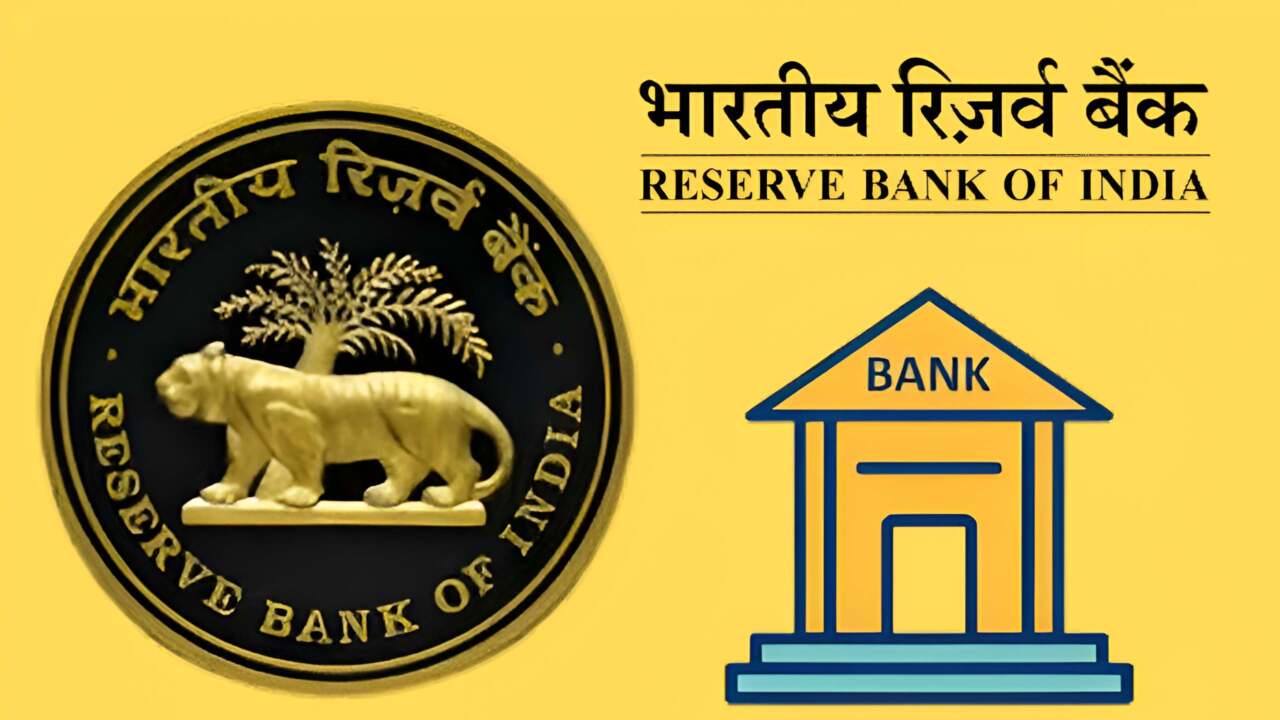Since February, the MPC, which convenes on September 29 and October 1, has lowered the benchmark repo rate by 100 basis points.
In its October review, the Reserve Bank of India‘s monetary policy committee (MPC) is probably going to keep interest rates the same, according to a Moneycontrol survey of fund managers, bank treasury executives, and economists.
According to most observers, the rate-setting panel would likely take some time to evaluate the facts about the Goods and Services Tax (GST) changes while finding solace in the first quarter’s stronger growth.
“Comfort with growth after the Q1FY26 GDP and forthcoming fiscal stimulus in the shape of GST reduction will be the space to stay on hold,” said Gaura Sengupta, an economist at IDFC First Bank. However, others predict that, in light of declining inflation, the central bank would drop the main repo rate by 25 basis points (bps).
The MPC will convene for its bi-monthly policy review on September 29 and October 1. To support growth, the MPC has lowered the repo rate by 100 basis points since February. The reductions were 25 basis points in February and April and 50 basis points in June.
According to analysts, the central bank would maintain its “neutral” position and dovish tone in the next policy. The goal of this tone is to encourage growth and enhance lending and expenditure by decreasing interest rates.
Although bankers have ruled out a rate decrease in October, Moneycontrol stated on September 16 that they do anticipate one in the current fiscal year.
Forecast for inflation
The majority of experts and economists believe that the RBI would lower its forecasts for Consumer Price Index (CPI) inflation, finding solace in the GST changes. “We expect CPI inflation to be 10 basis points lower,” said Anshul Chandak, RBL Bank‘s head of treasury. Jana Small Finance Bank‘s head of treasury, Gopal Tripathi, anticipates a 20–30 basis point drop in the forecast.
While food inflation stayed in negative territory for the third straight month, retail inflation in India increased slightly to 2.07 percent in August, reversing a 10-month downward trend.
Inflation rose from an eight-year low of 1.61 percent in July, but for the fourth consecutive month, it stayed below 3 percent. According to economists, the figure is unlikely to compel the central bank to start lowering interest rates again.
The Reserve Bank changed the CPI inflation forecast for FY26 from 3.7 percent to 3.1 percent in its August review. It anticipates 2.1 percent inflation in Q2, 3.1 percent in Q3, and 4.4 percent in Q4. Forecasts for Q1 of FY27 indicate that inflation will be 4.9%.
GDP expansion
Since the H-1B visa cost and tariff uncertainties might cancel out the demand boost from GST changes, most analysts do not think the RBI would update its growth predictions.
Together with the Center’s fiscal assistance and more lenient monetary policies, the tailwind from GST changes will serve as a buffer against tariff-related uncertainty and might boost confidence across the industrial supply chain if the US lowers its taxes.
India’s GDP rose 7.8 percent in the June quarter, exceeding forecasts and reaching its best growth rate in five quarters.
The GDP exceeded the RBI’s forecast of 6.5 percent and the Moneycontrol poll’s median of 6.6 percent. Additionally, growth was higher than the 7.4 percent pace from the three months before March 31 and the 6.5 percent rate from the previous year.
On September 22, top economic advisor Anantha Nageswaran predicted that, thanks to GST 2.0, India’s FY26 GDP growth will lean toward the higher end of the 6.3-6.8 percent range.
In August, the RBI forecasted 6.5 percent real GDP growth in FY26, 6.7 percent in Q1, 6.6 percent in Q3, and 6.3 percent in Q4. 6.6 percent is the estimated real GDP growth for the first quarter of FY27.

